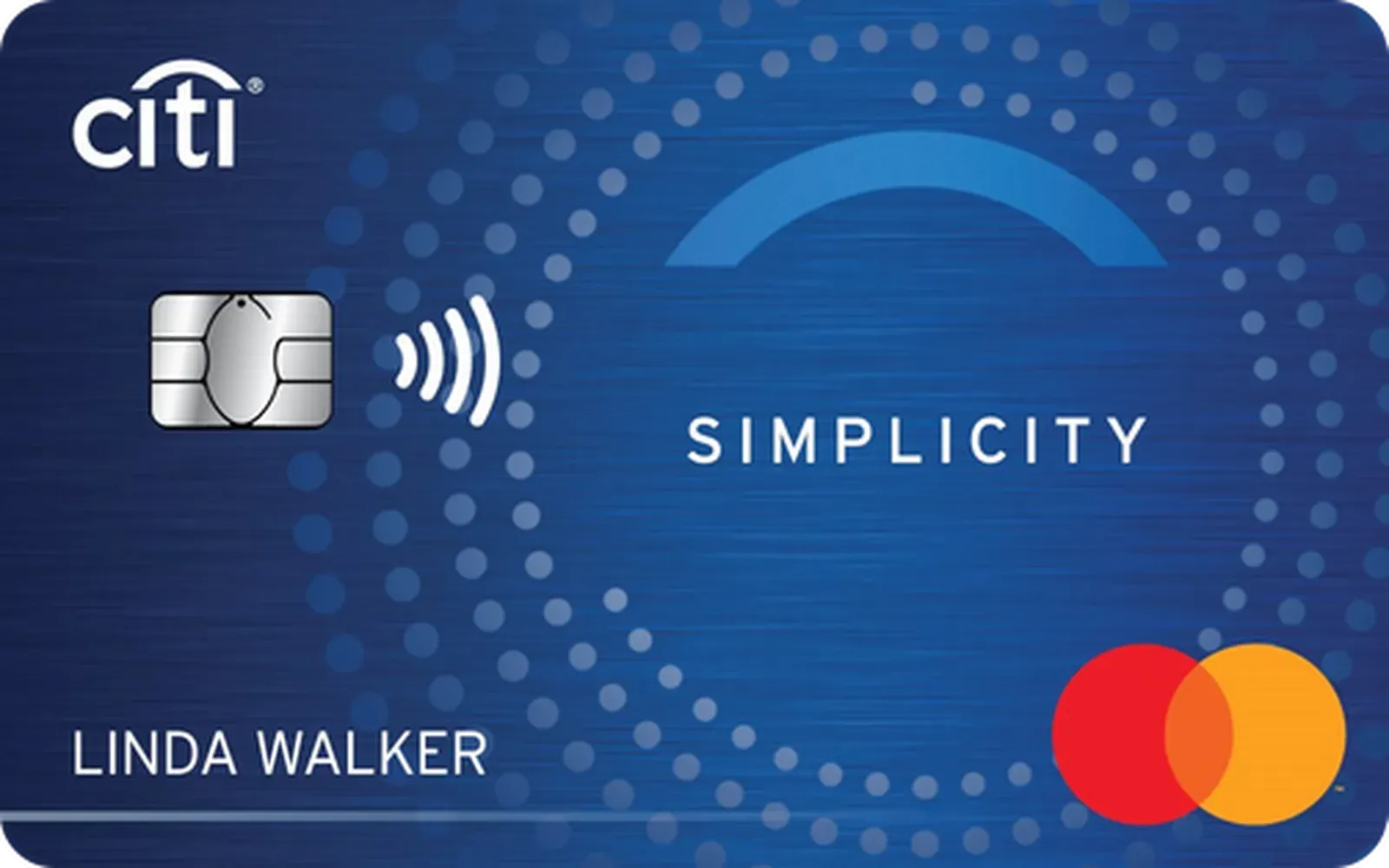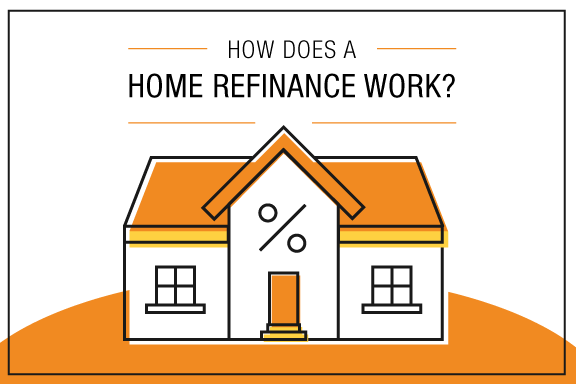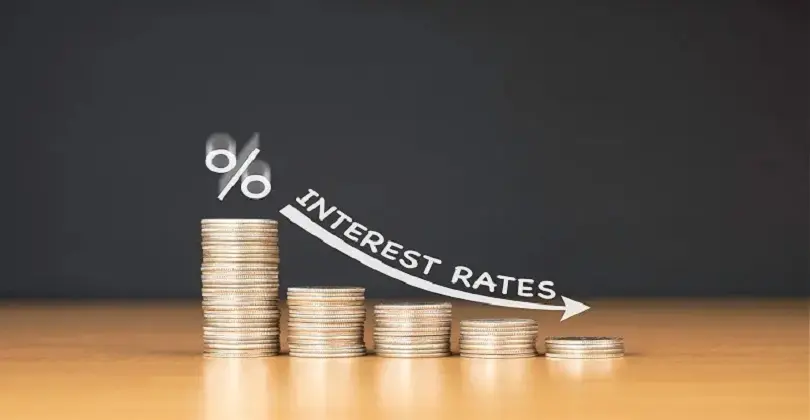Refinancing your home can be a smart financial move, especially if you want to save on interest payments. However, the process can seem daunting if you’re not familiar with the steps involved. Here’s a comprehensive guide on how to refinance your home and maximize your savings.
Understanding Home Refinancing
Home refinancing involves replacing your existing mortgage with a new one, typically with better terms, such as a lower interest rate or different loan duration. The goal is to reduce your monthly payments or the overall interest paid over the life of the loan.
When to Consider Refinancing
There are several situations where refinancing might be beneficial:
- Lower Interest Rates: If market rates have dropped since you took out your original mortgage, refinancing can help you secure a lower rate.
- Improved Credit Score: If your credit score has improved, you may qualify for better refinancing terms.
- Change in Financial Situation: If you’ve experienced a change in income or expenses, refinancing could help adjust your monthly payments.
- Switching Loan Types: Transitioning from an adjustable-rate mortgage (ARM) to a fixed-rate mortgage can provide stability in your payments.
Steps to Refinance Your Home
Here’s a step-by-step process for refinancing your home:
1. Assess Your Financial Goals
Before you begin the refinancing process, evaluate what you want to achieve. Are you looking to lower your monthly payments, reduce the loan term, or tap into your home equity? Understanding your goals will help you choose the right refinancing option.
2. Check Your Credit Score
Your credit score plays a significant role in determining the interest rate you qualify for. Obtain your credit report and check for any errors. If your score is lower than expected, consider taking steps to improve it before refinancing.
3. Research Current Interest Rates
Keep an eye on current mortgage rates. Even a small difference in interest rates can lead to significant savings over the life of your loan. Use online tools to compare rates from different lenders.
4. Determine Your Home’s Equity
Understanding your home equity is crucial. If your home has appreciated in value, you might have more equity than you think, which can help you secure a better refinancing deal. You can calculate your equity by subtracting your mortgage balance from your home’s current market value.
5. Shop Around for Lenders
Don’t settle for the first offer you receive. Shop around and compare rates, fees, and terms from multiple lenders. Pay attention to the annual percentage rate (APR), which includes the interest rate and any additional fees.
6. Get Pre-Approved
Once you find a lender that meets your needs, apply for pre-approval. This will give you a clearer understanding of how much you can borrow and at what rate. Pre-approval will also streamline the refinancing process.
7. Submit Your Application
After receiving pre-approval, you’ll need to submit a formal application. Prepare to provide documentation such as income verification, tax returns, and information about your existing mortgage.
8. Lock in Your Rate
Once your application is approved, you may have the option to lock in your interest rate. This ensures that your rate won’t change before closing, which can be beneficial if rates are on the rise.
9. Close on Your New Loan
After your application is processed, you’ll go through the closing process, which involves signing paperwork and paying any closing costs. Be sure to review all documents carefully before signing.
Potential Costs Involved in Refinancing
Refinancing isn’t free, and it’s essential to be aware of potential costs:
- Closing Costs: These can range from 2% to 5% of the loan amount. They include appraisal fees, title insurance, and lender fees.
- Prepayment Penalties: Some loans have penalties for paying off your mortgage early. Check your current mortgage agreement.
- Rate Lock Fees: If you choose to lock in your rate, be aware of any associated fees.
How Much Can You Save?
Here’s a simplified chart to illustrate potential savings from refinancing based on different interest rates:
| Loan Amount | Current Rate | New Rate | Monthly Payment Savings | Total Interest Savings |
|---|---|---|---|---|
| $300,000 | 4.5% | 3.5% | $250 | $90,000 |
| $300,000 | 4.0% | 3.0% | $300 | $80,000 |
Conclusion
Refinancing your home can lead to significant savings on interest and lower monthly payments. By following the steps outlined above and making informed decisions, you can successfully navigate the refinancing process and achieve your financial goals. Always consult with a financial advisor to ensure that refinancing is the right choice for your situation.









